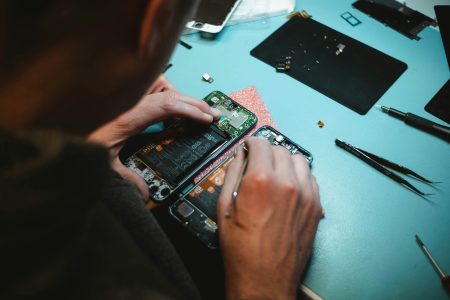Microlearning for Green Competences - Why short is powerful

Author: Lucie Brzáková
Published: 07/04/2025
Want to teach sustainability in real classrooms, not just in theory? Discover how microlearning makes circular behaviour simple, fun, and powerful.
When we started designing the ACCESS project, we knew one thing for certain: we wanted to help teachers talk about the circular economy and sustainability in a way that truly worked—in real classrooms, with real children. We also knew that handing teachers 60-page manuals or expecting them to prepare elaborate thematic weeks wasn’t the answer.
That’s why we chose microlearning as the core of our strategy. And the result? 181 micro-lessons that are short, focused, and ready to use—plus a digital platform that turns learning into a playful journey of discovery and certification.
In this post, I’d like to share why we believe microlearning is such a powerful tool for building green competences—not only for children, but as a model that can be adapted to adult learning too.
Why teach circular behaviour through microlearning?
Circular behaviour is a complex topic, full of systems thinking, interconnectedness, and abstract concepts. How do you explain this to an 8-year-old? Or to a busy teacher who has 20 minutes before lunch break? Our answer: break it down.
Microlearning allowed us to develop content that is:
- Simple without being simplistic. Each lesson covers one clear message—like “Repair before you replace” or “There’s no such thing as ‘away’ when you throw something out.”
- Visual and engaging. The format relies on short texts, bold images, and often a touch of storytelling or humour.
- Flexible. Teachers can use a micro-lesson as a starter, an activity filler, or even as homework.
- Accessible. Lessons are available in seven languages and require minimal preparation.
But most importantly, microlearning respects the realities of the classroom—tight schedules, mixed abilities, and the need for instant clarity.


Microlearning + micro-certification = motivation
We didn’t stop at content. Together with our partners, we developed an online platform where children can go through the lessons at their own pace, take short quizzes, and earn digital badges for what they’ve learned. This playful approach turns circular learning into a personal journey. We’ve seen how even the youngest learners become more engaged when they can see their progress, collect achievements, and share their success with parents or teachers. It’s gamification with a purpose—helping learners internalise key behaviours and values.
What this means for adult learning
While ACCESS focused on primary education, the lessons we’ve learned about microlearning apply far beyond the age of 6–11. In fact, many teachers who tested the materials told us they were inspired to rethink their own training. Could we apply the same principles—bite-sized, focused, interactive content—to teacher development, green upskilling, or even community workshops? We think yes. Microlearning helps us avoid overload. It makes learning less intimidating. And in a world full of distractions, it helps us pay attention—one small piece at a time.
Explore the materials
If you’re curious, visit our project website and try out a few lessons. They’re free to use, adapt, and share. Whether you work with children, adults, or are simply passionate about sustainability in education, we hope you’ll find inspiration in our approach. Let’s teach green thinking—not in long lectures, but in small, powerful steps.
Visit the web: https://www.eco-bits.eu/access/


Add a Comment